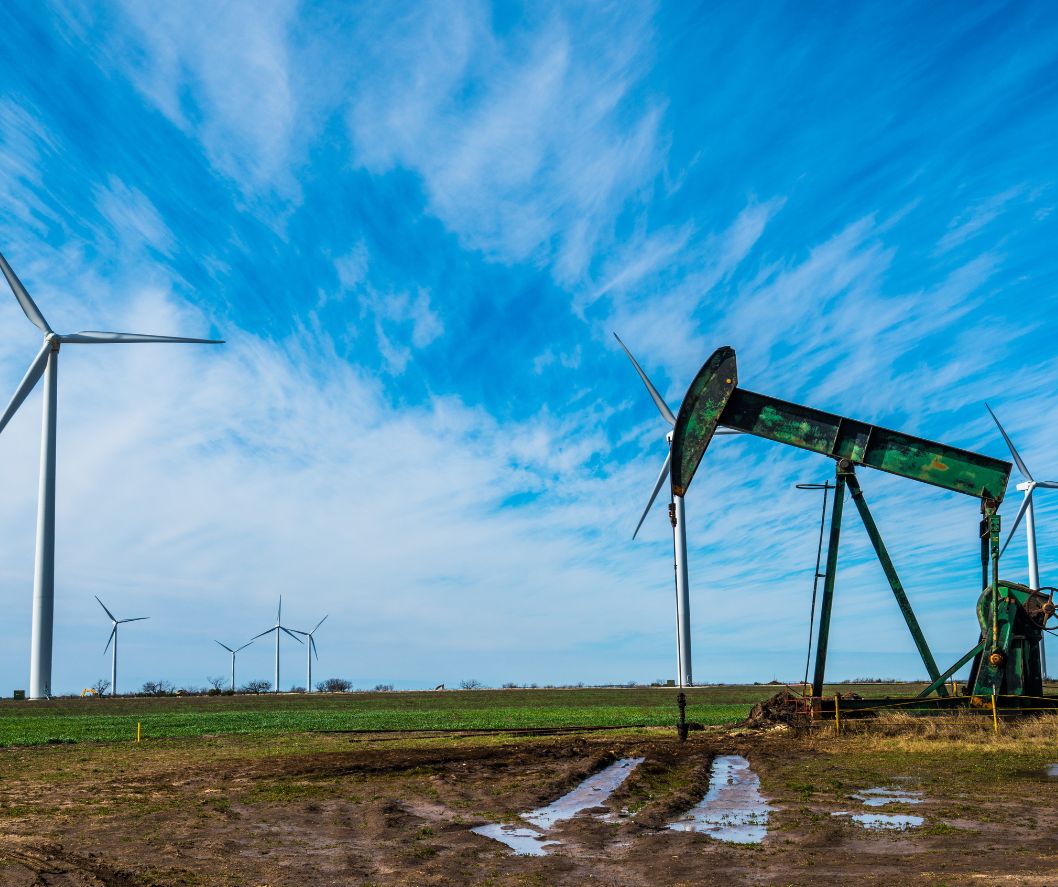Last Updated on November 17, 2023 by Mary Pressler
Texas Energy and What to Expect This Winter
Winter 2023-2024 comes with unique challenges and opportunities for the Texas energy sector:
- Gasoline prices have dropped below $3/gallon for the first time since March 2023.
- On the other hand, natural gas prices are on the rise, in great part due to international demand and record export volumes from the US.
- The PUCT announced the Texas Energy Fund, which will provide $10 billion in grants and loans to improve the reliability of the state power grid.
Why Are Texas Gasoline Prices So Low in November 2023?
According to a CBS19 article from November 9, Texas is enjoying the lowest gasoline prices in the US. As of November 15, the American Automobile Association (AAA) reported an average price of $2.789/gallon for Texas, 55.6 cents below the national average of $3.345/gallon.
The Texas Standard interviewed energy analyst Matt Smith, who concluded that low gas prices can be attributed to two main factors:
- Increasing gasoline inventories during September and October.
- Fuel demand has been weaker than expected in Fall 2023.
The AAA has a map where you can see Texas gasoline prices by county and metropolitan area:
https://gasprices.aaa.com/?state=TX
Here are the average fuel prices for the six largest cities in Texas as of November 15:
| City | Regular Gas | Mid-Grade Gas | Premium Gas | Diesel |
| 1) Houston | $2.792 | $3.311 | $3.679 | $3.811 |
| 2) San Antonio | $2.661 | $3.097 | $3.406 | $3.723 |
| 3) Dallas | $2.731 | $3.091 | $3.429 | $3.720 |
| 4) Austin | $2.757 | $3.205 | $3.556 | $3.790 |
| 5) Fort Worth | $2.735 | $3.104 | $3.439 | $3.715 |
| 6) El Paso | $2.946 | $3.391 | $3.713 | $3.974 |
Home Heating Costs in Winter 2023-2024: What to Expect?
A recent analysis by the Energy Information Administration (EIA) concludes that overall heating costs will remain lower than in Winter 2022-2023. The following table shows their estimated heating costs for the US South, broken down by energy source:
| Heating Fuel | Winter 2023-24
Total Heating Costs |
Cost Difference Compared
with Winter 2022-2023 |
| Natural gas | $494 (base scenario)
$527 (10% colder scenario) $476 (10% warmer scenario) |
15% Lower |
| Electricity | $1,001 (base scenario)
$1,047 (10% colder scenario) $965 (10% warmer scenario) |
2% Higher |
| Propane | $1,184 (base scenario)
$1,524 (10% colder scenario) $1,021 (10% warmer scenario) |
6% Higher |
According to the US Census Bureau, 61% of Texas homes use electric heating while 35% use natural gas heating. Homes using gas heating can expect lower costs compared with last winter, while homes using electricity or propane can expect slightly higher costs.
Setting back your thermostat is a quick and effective measure that reduces your heating bills. According to the US Department of Energy, you can save around 10% of your annual heating and cooling costs by setting back the thermostat 7°F – 8°F, eight hours per day.
Unlike gasoline prices, natural gas prices have been on the rise. This can be attributed to geopolitical factors, international demand and a record volume of liquefied natural gas (LNG) exports from the US. However, the EIA concludes that the overall cost of gas heating will remain lower than in winter 2022-2023, in spite of recent price hikes.
Texas Power Reliability Grid Assessment for Winter 2023-2024
The North American Electric Reliability Corporation (NERC) published their nationwide reliability assessment for Winter 2023-2024 on November 8. They provide a favorable forecast for the ERCOT grid:
-
- Anticipated Resources = 92,635 MW
- Net Internal Demand = 65,583 MW
- Anticipated Reserve Margin = 41.2%
The ERCOT grid is well above their recommended margin of 13.75%, which means that rolling blackouts in Texas are unlikely to happen in winter 2023-2024.
ERCOT has published monthly grid assessments for December 2023 and January 2024, which show a similar picture than the NERC assessment:
- December Reserve Margin = 51.2% for peak load hours
- January Reserve Margin = 43.7% for peak load hours
The ERCOT grid is expected to face its highest demand between 8:00AM and 9:00AM. The probability of an Energy Emergency Alert (EEA) during this hour is 5.4% in December and 7.8% in January. Note that an EEA announcement does not indicate rolling blackouts – it means that operating reserves have dropped below 2,500 MW. When this happens, ERCOT asks the population to conserve energy.
Electricity demand has reached record levels in Texas, but the state is keeping up by expanding its generation capacity. Here are some of the main factors that are driving up demand, according to an article by KUT News:
- The state population increased by around 9 million during the last decade.
- Business growth in power-intensive sectors such as data centers and crypto mining.
- Industrial electrification in the natural gas sector and other established businesses.


Leave a Reply
Want to join the discussion?Feel free to contribute!